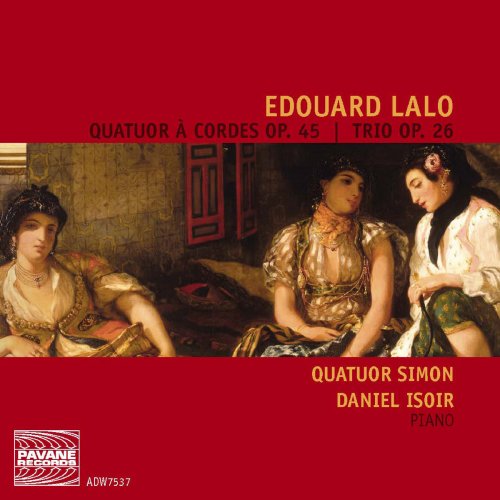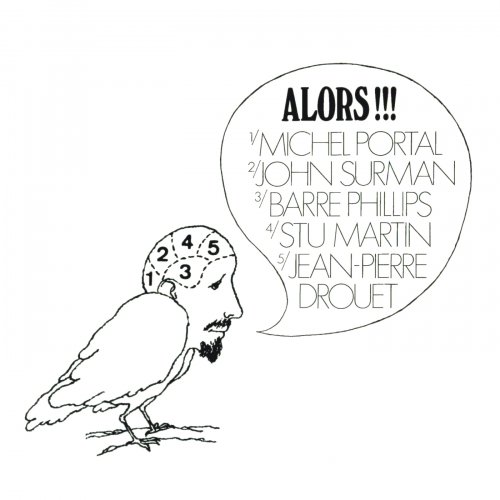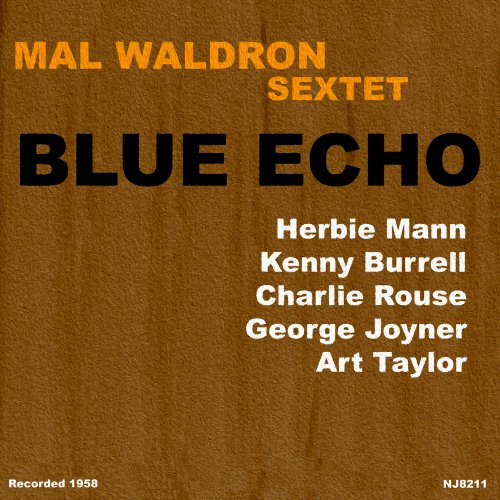Quatuor Simon, Daniel Isoir - Lalo: Quatuor à cordes Op. 45 & Trio Op. 26 (2011)

Artist: Quatuor Simon, Daniel Isoir
Title: Lalo: Quatuor à cordes Op. 45 & Trio Op. 26
Year Of Release: 2011
Label: Pavane Records
Genre: Classical
Quality: flac lossless (tracks) +Booklet
Total Time: 00:54:32
Total Size: 258 mb
WebSite: Album Preview
TracklistTitle: Lalo: Quatuor à cordes Op. 45 & Trio Op. 26
Year Of Release: 2011
Label: Pavane Records
Genre: Classical
Quality: flac lossless (tracks) +Booklet
Total Time: 00:54:32
Total Size: 258 mb
WebSite: Album Preview
01. Quatuor à cordes en Mi Bémol Majeur, Op. 45: I. Allegro vivo
02. Quatuor à cordes en Mi Bémol Majeur, Op. 45: II. Andante non troppo
03. Quatuor à cordes en Mi Bémol Majeur, Op. 45: III. Vivace
04. Quatuor à cordes en Mi Bémol Majeur, Op. 45: IV. Appassionato
05. Trio pour piano, violon et violoncelle No. 3 en La Mineur, Op. 26: I. Allegro appassionato
06. Trio pour piano, violon et violoncelle No. 3 en La Mineur, Op. 26: II. Presto
07. Trio pour piano, violon et violoncelle No. 3 en La Mineur, Op. 26: III. Très lent
08. Trio pour piano, violon et violoncelle No. 3 en La Mineur, Op. 26: IV. Allegro molto
Familiar are the string quartets of the great French masters Ravel and Debussy, but few other quartets by French composers are frequently found on-stage or disc. This is certainly the case with the String Quartet of Edouard Lalo. Op. 45 is actually a reworking of his Op. 19 String Quartet of nearly three decades earlier. While his first quartet attempt was largely a failure, Op. 45 was premiered at a time when Lalo's esteem as a composer had greatly improved and was much better received. Shortly before Op. 45, Lalo also published his Op. 26 Piano Trio, his first widely appreciated and successful chamber composition. Both pieces resemble the late works of Beethoven while adding Lalo's trademark rhythmic panache and witty French charm. Still, neither the quartet nor the trio has maintained a great following. While both are a touch heavy-handed with the drama and forced intensity, they still have interest and merit. The Quatuor Simon, joined by pianist Daniel Isoir for the Piano Trio, appears on this Pavane Records disc to convince listeners of Lalo's worth as a chamber music composer. Sadly, their performances do not match their intent. Intonation is a pervasive problem throughout the album, and there's a sense of disconnect and independence between the string players instead of producing a homogenous, unified product. Articulations and attacks do not always match, and phrasing is occasionally sloppy. Pavane's somewhat distant, thin sound does few favors, either. Listeners should absolutely hear these two pieces, but a superior performance is called for.
![Lophae - Fry Before You Buy (2026) [Hi-Res] Lophae - Fry Before You Buy (2026) [Hi-Res]](https://img.israbox.com/img/2026-01/08/mfhj4tpc29y1myjoaxltfnrfz.jpg)
![Kaidi Tatham - Miles Away (2025) [Hi-Res] Kaidi Tatham - Miles Away (2025) [Hi-Res]](https://www.dibpic.com/uploads/posts/2026-01/1767536832_a2560084361_10.jpg)






![lausse the cat - The Mocking Stars (2025) [Hi-Res] lausse the cat - The Mocking Stars (2025) [Hi-Res]](https://img.israbox.com/img/2026-01/05/rh2wlnelai6cos1524etsgxzh.jpg)